- What is the term inventory management?
- Overview of inventory management software
- Why is inventory management software important
- Key Features of Popular Inventory Software Programs
- Order Management
- Vendor Management
- Reporting and Analytics
- Comparing Cloud-Based and On-Premise Solutions
- Analyzing the Costs Associated with Different Types of Inventory Software
- Examining the Benefits of Automated Inventory Tracking Systems
- Factors to Consider when Choosing Inventory Management Software
- Tips for Implementing and Maintaining an Inventory System
- Best Practices for the Current Climate
- Top 15 Best Inventory Management Software for Your Business
- FAQs
- What are the key features to look for in inventory management software?
- Can inventory management systems automate the fulfillment process?
- Are there inventory management solutions suitable for fast-growing companies?
- Can businesses customize workflows in inventory management software?
- Do inventory management tools integrate with e-commerce and accounting platforms?
- Conclusion
Good inventory management is essential for any business, regardless of size or industry. With the right inventory management software, you can save time and money by optimizing your order fulfillment process – freeing up resources to focus on other aspects of running a successful business.
In this blog post, we’ll cover the importance of having an effective inventory system in place, as well as recommendations for some of the best inventory management software solutions available today so you can make sure that your products are tracked effectively from production through delivery for maximum efficiency.
What is the term inventory management?
Inventory management refers to the systematic approach of sourcing, storing, and selling inventory—both raw materials (components) and finished goods (products). In its simplest form, inventory management involves keeping track of all the goods a company has on hand. More complexly, it’s a logistics ballet that calls for forecasting, data analysis, storage, retrieval, and product delivery with precision.
Effective inventory management not only prevents product shortages or excesses but also constitutes an essential part of supply chain management. This means it impacts customer satisfaction directly. By accurately predicting demand, an inventory management system can ensure that goods are available when needed, thereby avoiding delivery delays and keeping customers happy.
In the face of growing business complexities, the traditional methods of inventory management are increasingly becoming obsolete. This is where inventory management software comes in. These tools automate the process of tracking inventory levels, orders, sales, and deliveries. By providing real-time, data-driven insights, these software solutions help businesses streamline their operations, optimize inventory levels, and improve their bottom line.
Overview of inventory management software
Inventory management software is a digital solution that automates various aspects of inventory management. These software systems are designed to maintain a centralized record of every inventory item, track its whereabouts, and manage supply chains effectively. They also provide businesses with crucial insights into their inventory levels, helping them make informed decisions about stock reordering, storage, and sales.
One of the biggest advantages of using the best inventory management software is its ability to eliminate manual data entry and reduce associated errors. They integrate seamlessly with other business systems like eCommerce platforms, barcode scanners, and point-of-sale systems. This level of integration means a decrease in administrative tasks, allowing staff members to focus on core business operations.
Moreover, these software solutions offer real-time tracking, enabling businesses to monitor their inventory levels across various locations at any given time. This feature can significantly improve a company’s ability to respond to changes in demand, reduce holding costs, minimize the risk of overstocking or stock-outs, and ultimately increase customer satisfaction.
Another notable feature of the best inventory management software is its ability to provide detailed reports. These reports offer valuable insights into sales patterns, seasonal demand fluctuations, customer preferences, and overall inventory performance. These data-driven insights allow businesses to forecast future trends, plan their inventory more effectively, and make strategic decisions that drive growth.
Why is inventory management software important
Effective inventory management involves keeping a delicate balance between having enough stock to meet customer demand while also minimizing the costs associated with holding excess inventory. This can be a challenging task for any business, especially those dealing with large volumes of products or managing multiple locations.
Inventory management software helps businesses overcome these challenges by providing accurate and up-to-date. Some of the key benefits of using inventory management software include:
Improved forecasting:
Inventory management software utilizes advanced algorithms and data analysis tools to help businesses make accurate predictions about demand. This allows them to plan their purchases, production, and stocking levels accordingly, reducing the risk of stockouts or overstocking.
Increased efficiency:
By automating manual tasks such as data entry and inventory tracking, inventory management software frees up time and resources. This enables businesses to focus on more critical tasks, such as customer service and business growth.
Cost savings:
With better control over inventory levels, businesses can reduce their carrying costs, including storage fees, insurance, and taxes associated with excess inventory. They can also avoid the lost sales and penalties that come with stockouts.
Real-time visibility:
Inventory management software provides real-time updates on stock levels, allowing businesses to make informed decisions quickly. This is especially useful for businesses with multiple locations or remote teams.
Key Features of Popular Inventory Software Programs
When considering the key features of popular inventory management software, it’s vital to understand the differentiating elements that make each program unique and suitable for different types of businesses. Here are a few examples:
Order Management
One of the fundamental features you should look for in inventory software is robust Order Management. This feature allows businesses to seamlessly track and manage sales orders in real time, ensuring quick and efficient fulfillment. It often includes functionalities for order processing, shipment tracking, and return management.
Vendor Management
Vendor Management is another pivotal feature of top-tier inventory management software. It empowers businesses to manage their supplier relationships effectively, ensuring timely delivery and quality of purchased goods. It usually includes tools for vendor evaluation, performance tracking, and contract management.
Reporting and Analytics
Finally, powerful Reporting and Analytics tools are essential in any high-quality inventory management software. These tools utilize the vast amounts of data collected by the Software to generate insightful reports and analytics. They help businesses identify trends, monitor performance, and make data-driven decisions. These tools often include customizable dashboards and various reporting formats to suit the needs of different users.
By understanding these key features, businesses can make an informed decision when selecting the best inventory management software to suit their unique needs and operational requirements.
Comparing Cloud-Based and On-Premise Solutions
When it comes to selecting the best inventory management software, businesses are also confronted with the choice between cloud-based and on-premise solutions. Each option presents its unique set of benefits and potential drawbacks. Cloud-based Software, often referred to as Software as a Service (SaaS), provides flexibility and ease of use.
Users can access the Software from anywhere with an internet connection, making it particularly suitable for businesses with remote teams or multiple locations. The provider typically maintains and updates the Software, reducing the need for in-house IT resources.
Additionally, cloud-based solutions usually operate on a subscription basis, making them more affordable up-front than on-premise alternatives. On the other hand, on-premise Software is installed and run on the company’s servers and computers.
This setup can offer a greater degree of control over data and system configurations, which may be preferred by businesses in highly regulated industries or those handling sensitive information. While on-premise solutions may require a larger initial investment for hardware and installation, they can be more cost-effective in the long run for businesses with stable and predictable operational needs.
Therefore, when selecting the best inventory management software, businesses should carefully weigh the advantages and potential limitations of both cloud-based and on-premise options, considering factors such as cost, accessibility, control, and the specific needs of their operations.
Analyzing the Costs Associated with Different Types of Inventory Software
When dissecting the costs tied to various inventory management software, it’s essential to consider both direct and indirect expenses. Direct costs include the upfront purchase price or subscription fees, installation charges, and ongoing maintenance costs, which may encompass updates, support services, and server maintenance in the case of on-premise solutions.
Indirect costs, on the other hand, can be less tangible but equally impactful. These may include training staff to use the new system and any potential downtime during the implementation phase. Furthermore, it’s crucial to consider the cost implications of software scalability. As your business grows, will the Software be able to adapt and expand to meet your changing needs, or will you face additional charges for upgrades?
On the flip side, it’s worth noting that an effective inventory management system can also deliver financial benefits. By optimizing stock levels, reducing waste, and enhancing efficiency, the right Software can lead to significant inventory management software cost savings, potentially offsetting the initial investment.
Ultimately, when determining the best inventory management software for your business, a holistic view of all potential costs and savings should be considered. This includes not only the immediate price tag but also the long-term financial implications and potential return on investment.

Examining the Benefits of Automated Inventory Tracking Systems
Automated inventory tracking systems offer substantial benefits that can revamp the entire operation of a business. One of the primary advantages is improved accuracy. Manual inventory tracking is prone to human errors, affecting stock levels, order fulfillment, and business operations. Automated systems, however, minimize these inaccuracies, ensuring a precise count of inventory at all times.
In addition, automated inventory tracking systems enhance operational efficiency. By automating routine tasks, these systems free up valuable time for staff to focus on more strategic, revenue-generating activities. They eliminate the laborious manual input of data, leading to faster processing times and more streamlined workflows.
Customer satisfaction is another area where the influence of automated inventory tracking systems is felt. With accurate, up-to-date stock information, businesses can better manage customer expectations and deliver orders in a timely manner. This level of service can enhance customer loyalty and drive repeat business.
Furthermore, the analytical capabilities of automated inventory tracking systems should not be overlooked. These systems can generate insightful reports on sales trends, product performance, and inventory turnover. These analytics can guide decision-making, helping businesses optimize their stock levels, reduce carrying inventory management software costs, and maximize profitability.
The best inventory management software will offer robust automation features, transforming the way your business manages its inventory. It’s a strategic investment that can deliver substantial returns in terms of efficiency, accuracy, customer satisfaction, and, ultimately, business growth.
Factors to Consider when Choosing Inventory Management Software
When selecting the best inventory management software, it’s crucial to consider several factors. Firstly, the Software must be user-friendly. It should have an intuitive interface that allows your team to navigate through the different features and options without difficulty. This results in less training time and promotes faster adoption across the organization.
Another crucial factor is scalability. Your business will grow and change over time, and you need an inventory management system that can adapt to your evolving needs. Look for Software that can handle an increased volume of products or extend its functionality with additional modules or integrations.
Integration with other business systems is another significant aspect. The inventory management software should be able to seamlessly integrate with your existing systems, such as accounting, customer relationship management (CRM), and e-commerce platforms. This ensures uninterrupted data flow across different departments, facilitating better decision-making.
Lastly, consider the Software’s reporting capabilities. Advanced reporting tools that provide insights into sales trends, inventory levels, and order statuses can significantly improve your strategic planning and decision-making processes. A system with robust analytics will allow you to make data-driven decisions that can optimize your inventory management and maximize profitability.
So, while investing in inventory management software, ensure that it ticks all these boxes. This will help you to reap the maximum benefits from your investment, fueling your business growth and success.
Tips for Implementing and Maintaining an Inventory System
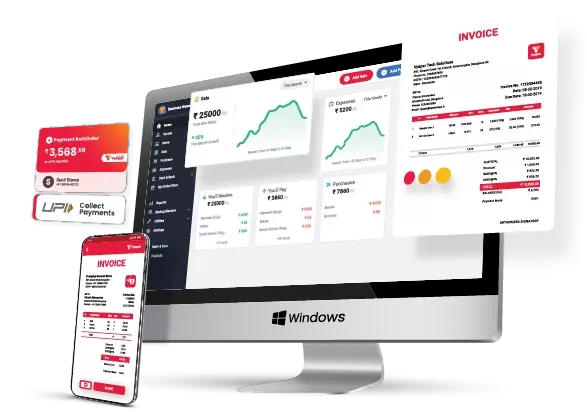
Implementing an inventory management system encompasses several critical steps, starting with setting clear objectives. Identify the specific pain points you intend to address with this system. Are you looking for better tracking of inventory? Or perhaps you’re hoping to improve forecasting accuracy? Once you have your goals articulated, they can guide the entire implementation process.
Next, ensure to engage all key stakeholders involved in your organization’s inventory management practices. This includes everyone from warehouse management staff to finance teams and even suppliers. Their input can be invaluable in fine-tuning the system to your business’s specific needs and ensuring smooth adoption.
Data migration is another crucial aspect of implementation. Carefully consider what data needs to be moved into the new Software and plan for this migration meticulously. This includes cleaning up old or irrelevant information and ensuring the accuracy of the data being transferred.
After the implementation, it’s essential to invest time into training your staff. They should be thoroughly familiar with how to use the system before it goes live. Please provide them with practical, hands-on training sessions and ensure there are resources available for continued support and help as they get used to the new system.
Furthermore, maintaining an inventory management system requires regular review and adjustment. Over time, you might need to add more items, adjust minimum stock levels, or update supplier information. Regular audits can help ensure that your system’s data matches your physical inventory. Set a schedule for these audits and stick to it.
Lastly, remember that technology evolves, and so do business needs. Regularly review your Software’s performance and consider upgrades or additional modules to meet your changing requirements. By following these tips, you can ensure a smooth implementation and long-term success of your inventory management system.
Best Practices for the Current Climate
In the current business environment, the importance of leveraging the best inventory management software cannot be understated. It not only helps streamline the business processes but also improves efficiency, reduces costs, and enhances customer satisfaction. It’s crucial to choose a solution that is robust, flexible, and adaptable, one that can handle the unpredictability and volatility of today’s market.
Businesses must look for software solutions that offer real-time tracking and reporting features. This allows for quick decision-making and helps in identifying and addressing potential issues before they escalate. With automated notifications for low stock levels or when an order is delayed, businesses can proactively manage their inventory and avoid stockouts or overstocking.
Moreover, it’s crucial to select Software that integrates smoothly with other systems in your business, such as the e-commerce platform, the CRM, and the accounting software. This ensures seamless data flow, reduces manual entry errors, and saves time.
Top 15 Best Inventory Management Software for Your Business
When considering the best inventory management software for your business, it’s essential to focus on scalability and customizability. As your business expands, your inventory management needs will inevitably grow and change. Opt for a tool that can easily scale with your business, accommodating increased product lines or multiple warehouse locations.
Additionally, look for Software that offers customization options so you can tweak its features and functionality to align with your specific operational requirements. This way, you ensure that the tool remains relevant and valuable to your business even as it evolves.
Acumatica Cloud ERP

Acumatica Cloud ERP is a comprehensive solution that offers various modules, including inventory management. It provides real-time access to inventory data, enabling businesses to make informed decisions promptly.
With features like automated inventory counting, barcode scanning, and lot and serial number tracking, Acumatica simplifies inventory control. It is also flexible and scalable, making it suitable for businesses of all sizes.
Oracle NetSuite OneWorld
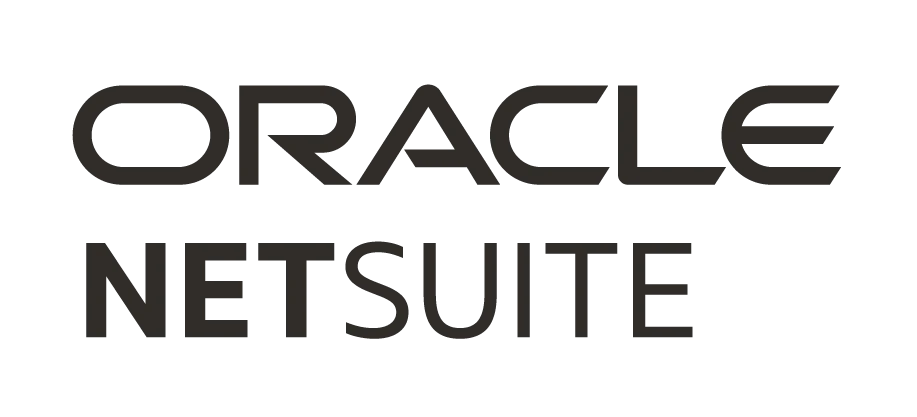
Oracle NetSuite OneWorld is renowned for its robust and flexible inventory management capabilities. It offers a unified platform with real-time visibility into inventory across multiple locations.
OneWorld’s demand planning feature allows businesses to forecast and manage their inventory effectively. With its ability to integrate with other NetSuite modules, businesses can streamline their operations and achieve operational efficiency.
Syspro
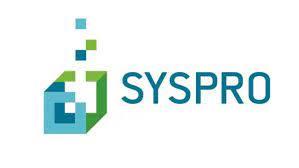
Syspro is a comprehensive ERP solution catering to manufacturers and distributors. It provides robust inventory management features, including real-time tracking, forecasting, and replenishment.
Syspro’s advanced reporting capabilities provide actionable insights to manage inventory optimally. Additionally, Syspro supports integration with other business systems, enabling a seamless flow of data.
AccountMate

AccountMate is a customizable business accounting software that also offers inventory management capabilities. It provides real-time inventory tracking, enabling businesses to avoid stockouts and overstocking.
AccountMate’s lot and serial number tracking make it easier to manage inventory. Plus, it’s scalable and integrates with other business systems, making it a practical choice for growing businesses.
Cougar Mountain Software

Cougar Mountain Denali Summit is a comprehensive accounting solution with robust inventory management features. It offers real-time inventory tracking, automated purchasing, and sales order management.
Its ability to track inventory by location makes it ideal for businesses with multiple warehouses. With its customizable reporting, companies can gain valuable insights into their inventory management.
SAP Business One Professional
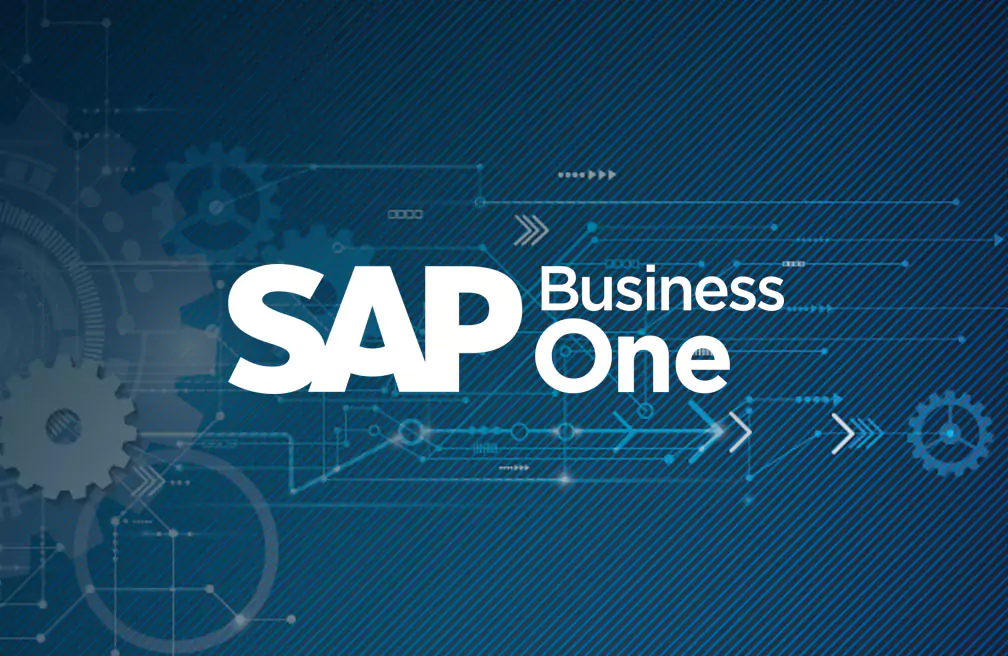
SAP Business One Professional is a comprehensive ERP solution that supports the entire business. In terms of inventory management, it offers advanced features such as automated data entry, barcode scanning, and real-time reporting.
The Software is designed to enable complete visibility and control over inventory, which can significantly reduce the risk of overstocking or understocking.
QuickBooks Desktop Enterprise
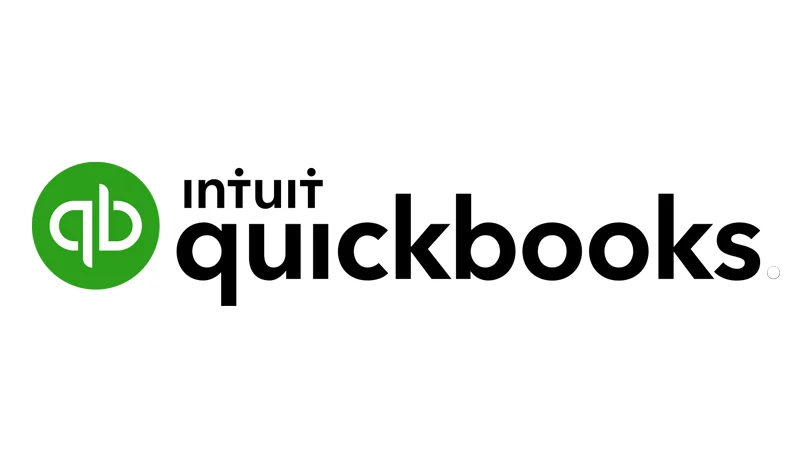
QuickBooks Desktop Enterprise is a robust business management software that also provides comprehensive inventory management capabilities. The Software offers real-time visibility into inventory levels, sales order management, and automated purchasing.
It also supports advanced pricing rules, enabling businesses to optimize their pricing strategies. Plus, with its ability to integrate with other QuickBooks modules, it offers a unified solution for managing business operations.
Zoho Inventory
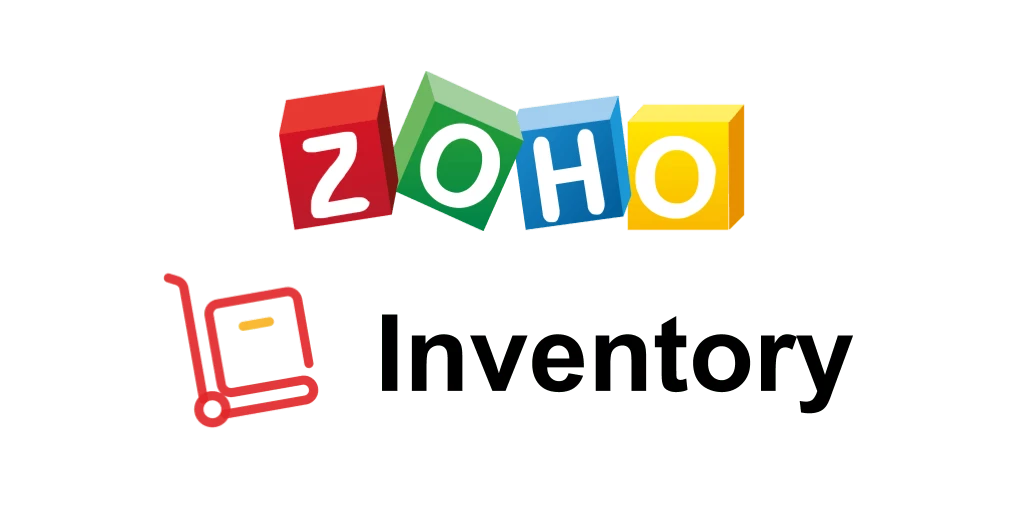
Zoho Inventory is a cloud-based inventory management system designed for small to medium-sized businesses. It offers features such as multi-channel selling, shipping integrations, and inventory control.
The Software can also automate order fulfillment, reducing the time and effort involved in manually managing orders. In addition, Zoho Inventory seamlessly integrates with other Zoho apps, making it an excellent choice for businesses already using Zoho’s suite of business solutions.
Cin7
Cin7 is a unified, cloud-based inventory management solution that provides comprehensive control over inventory, orders, and supply chain processes. It offers real-time inventory tracking across multiple locations and channels, automated reordering to prevent stockouts, and detailed reporting to provide actionable insights.
Furthermore, Cin7’s built-in POS and B2B eCommerce platform make it a versatile solution for businesses looking to streamline their inventory management.
Ordoro

Ordoro is a comprehensive inventory and order management solution that caters to e-commerce businesses of all sizes. This platform not only tracks inventory across multiple sales channels in real-time but also integrates with popular marketplaces and shipping carriers for seamless order fulfillment.
Ordoro’s robust reporting capabilities offer deep insights into inventory performance, helping businesses make data-driven decisions. The Software also boasts a dropshipping management feature, making it a versatile choice for e-commerce businesses.
inFlow Inventory

inFlow Inventory is a powerful inventory management software for wholesalers, retailers, and manufacturers. The Software provides a centralized platform for managing purchases, sales, and inventory levels.
It supports barcode scanning and offers a built-in POS system, simplifying the selling process. Plus, inFlow’s robust reporting capabilities offer valuable insights into business performance, aiding strategic decision-making.
Katana MRP
Katana is a modern manufacturing and free inventory management software designed for scaling businesses. With its visual dashboard and real-time inventory updates, businesses can keep a close eye on their production and stock levels.
Katana also offers advanced features like material requirement planning and master production scheduling, making it easier for manufacturers to manage their resources effectively. The ability to integrate with popular e-commerce and accounting platforms further enhances its utility.
FAQs
What are the key features to look for in inventory management software?
The best inventory management software should offer real-time tracking, low stock notifications, and seamless integration with other business platforms. It should also have advanced capabilities like demand planning and order lifecycle management.
Can inventory management systems automate the fulfillment process?
Yes, high-quality inventory management systems can automate the fulfillment process. This automation can significantly increase operational efficiency and reduce the likelihood of human error.
Are there inventory management solutions suitable for fast-growing companies?
Absolutely. Some inventory management solutions can scale with your business, making them an ideal choice for fast-growing companies. These solutions can adapt to increasing inventory volumes and more complex operational needs over time.
Can businesses customize workflows in inventory management software?
Yes, some inventory management software allows businesses to create custom workflows to match their operational needs, significantly improving productivity.
Do inventory management tools integrate with e-commerce and accounting platforms?
Yes, the best inventory management tools can integrate with popular e-commerce and accounting platforms. This feature aids in maintaining consistent data across different departments and platforms.
Conclusion
I hope this guide has provided you with valuable information about the key features to look for in online inventory management software. By considering factors like automation, scalability, workflow customization, and integration, you can select the best Software for your business needs.
Remember that investing in a high-quality inventory management system can greatly improve your operations and help you achieve success in managing inventory.
Keep these tips in mind when researching and comparing different inventory management software options, and you’re sure to find the perfect solution for your business.










